High luminous efficiency & long life can be used as phosphorescent materials (PHOLED), thermally activated delayed fluorescence (TADF) materials, and hyper fluorescence (Hyper fluorescence) materials.
It can provide more realistic colour performance, reduce the reliance on optical filters, and simplify the panel structure
Polyimide substrate: high temperature resistant (>300°C), can be folded >200,000 times (e.g. Samsung Galaxy Z Fold series).
Thin Film Encapsulation (TFE) materials: inorganic layer to block water and oxygen, organic buffer layer to reduce stress cracking.
Stretchable material: elastic light-emitting layer for stretchable displays (future wearable devices).
Anti-hydrogenation aging: prolonging the lifetime by molecular structure modification.
Low driving voltage (<5V) to reduce efficiency degradation due to heat generation.
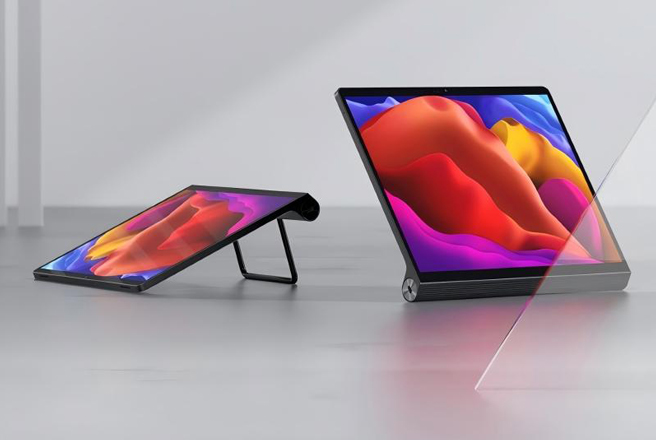
With the core feature of pixel-level independent light control, OLED achieves near-perfect black purity and infinite contrast in picture quality performance. OLED can also be designed with a 4mm ultra-thin body, 178° wide viewing angle, and bendable physical characteristics.
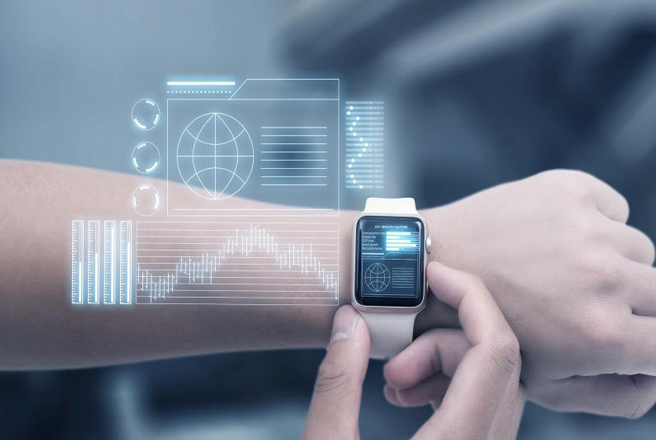
OLED displays can be used in wearable devices such as watches, glasses and bracelets due to their flexibility and thinness, providing users with better display effects and usage experience. OLED can also play an important role in mobile health.
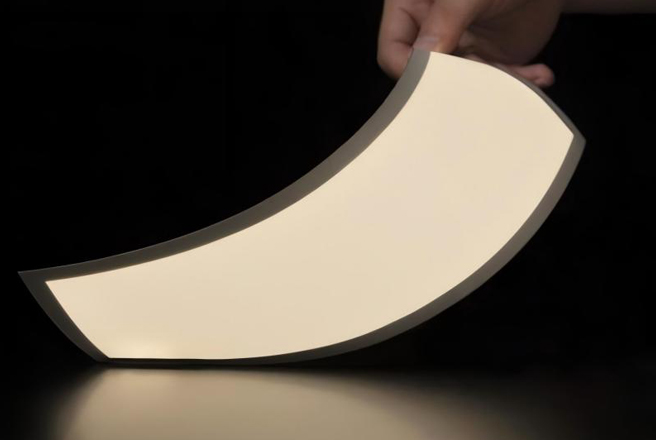
OLED lighting will have a wide range of applications in LCD back-lighting, office, home decoration, automotive, aircraft interior lighting and targeted lighting, signage lighting, interior decoration, performance lighting and other functional aspects.
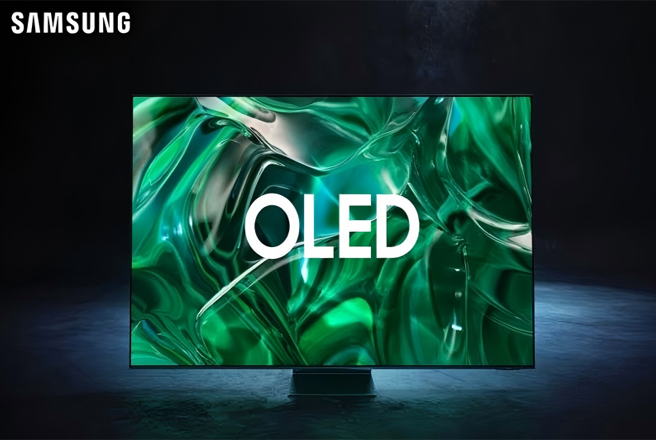
In the field of TV, OLED TV is favoured by consumers for its excellent picture quality and wide viewing angle. For computer monitors, the high resolution and fast response speed of OLED displays make them the first choice of professional users.
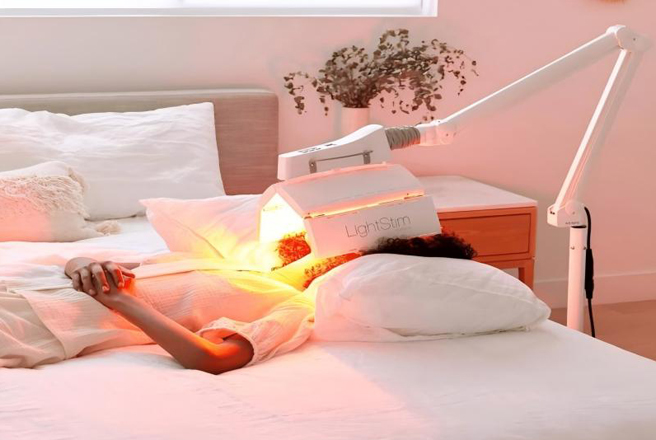
OLED technology is being developed for use in photo-medicine, with studies showing its effectiveness in skin treatment and photo-therapy to improve skin problems and provide a new generation of medical solutions.
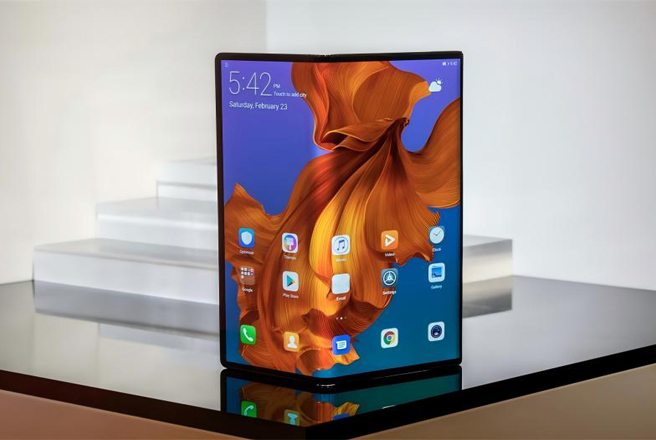
OLED technology has lower power consumption compared to traditional LCD displays, extending the battery life of the device. These features have led to the widespread use of OLED technology in the smartphone sector and driven the rapid development of the industry.